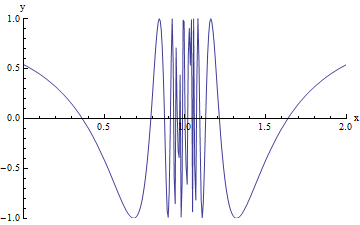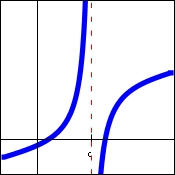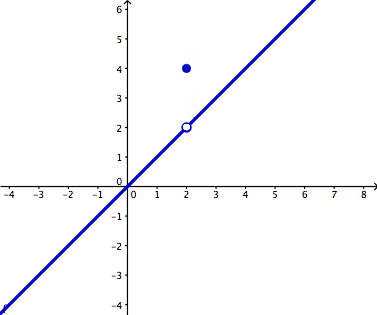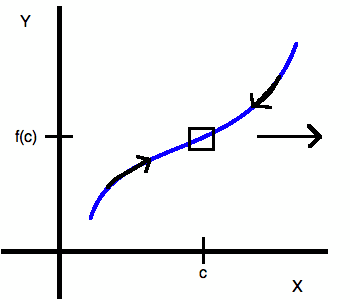How do the trig graphs relate to the Unit Circle?
a. Period? - Why is the period for sine and cosine 2pi, whereas the period for tangent and cotangent is pi?
On the Unit Circle, sine has a patter throughout the quadrants in order as positive, positive, negative, negative, and repeat. Cosine has a similar patter with positive, negative, negative, positive, and repeat. For sine and cosine, it take the WHOLE Unit Circle to complete until the pattern repeats, meaning it takes 2pi.
And when actually graphed, it would take 2pi units for the period to complete itself before starting again.
Tangent and cotangent, however, have a patter of positive, negative, positive, and negative. If one would notice, the pattern repeated itself within the Unit Circle and it took half of the circle to finish one pattern. If one remembers, half of the unit circle is 1pi. When graphing tangent and cotangent, it would only take 1pi units for the period to go through.
b. Amplitude? - How does the fact that sine and cosine have amplitudes of one (and the other trig functions don't have amplitudes) relate to what we know about the Unit Circle?
The trig ratio for sine is (y/r) and cosine (x/r) and on the Unit Circle, r will always be 1. On the Unit Circle, the center is (0,0) and radius is 1, therefore that is how much possible sine and cosine can extend to, from -1 to 1. This is where their restrictions are also implied as anything outside of -1 and 1 will result with ERROR or Not Possible. The other trig functions, however, don't have an amplitude of 1 since their ratio is not over r (or 1). They are not restricted like sine and cosine, meaning they are free to move part -1 and 1.


















